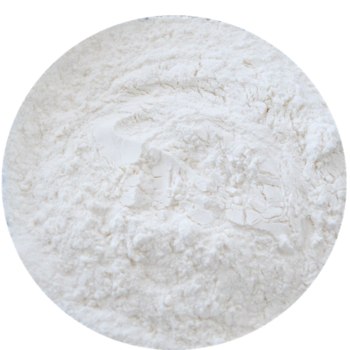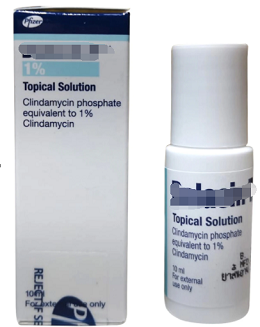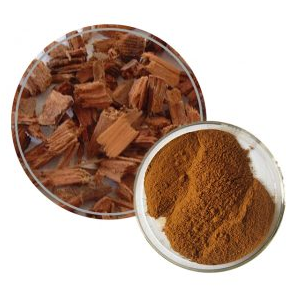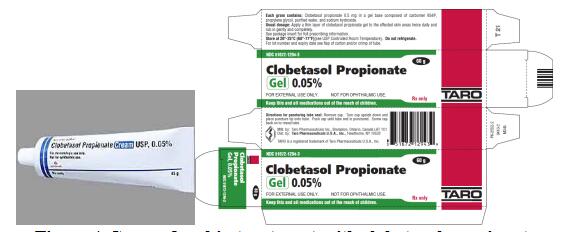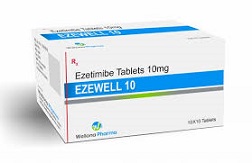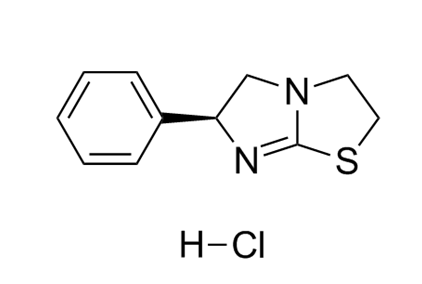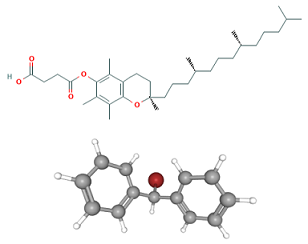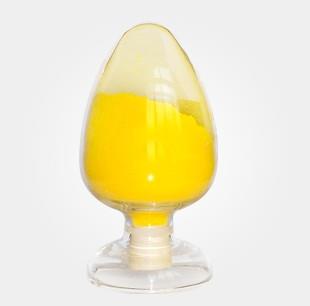Active Pharmaceutical Ingredients (API), popularly speaking, are the raw materials of medicines, only pharmaceutical raw materials are processed into pharmaceutical preparations , can they become medicines available for clinical use, so drugs we usually eat are the finished drugs through processing. Active Pharmaceutical Ingredients based on its sources can be divided into two major categories ,including chemical synthetic drugs and natural chemical drugs. Chemical synthetic drugs can be divided into organic synthetic drugs and inorganic synthetic drugs. Inorganic synthetic drugs are inorganic compounds ( very few is element), such as aluminum hydroxide, magnesium trisilicate which are used for the treatment of gastric and duodenal ulcers ; organic synthetic drugs are mainly composed of drugs made by basic organic chemical raw materials, through a series of organic chemical reactions (such as aspirin, chloramphenicol, caffeine, etc.). Natural chemical drugs ,based on its sources,can be divided into two categories including biochemical drugs and plant chemical drugs. Antibiotics are generally made by the microbial fermentation, which belongs to the biochemistry category. A variety of semi-synthetic antibiotics occurs in recent years,which are biosynthesis and chemical synthesis combining products.Among active Pharmaceutical Ingredients, the organic synthetic drugs varieties, yields and values have the largest proportion,which are the main pillars of the chemical and pharmaceutical industries. The quality of active Pharmaceutical Ingredients decides whether the formulation is good or bad , so its quality standards are very strict ,countries in the world have developed national pharmacopoeia standards and strict quality control methods for its widely used active Pharmaceutical ingredients.
What is Baloxavir marboxil?Pharmacodynamics,Medical uses,Resistance
Baloxavir marboxil is an antiviral drug developed by Shionogi Co., a Japanese pharmaceutical company and Roche for the treatment of influenza A and influenza B infections. The drug was initially appro
Aug 18,2020 APIWhat is Clindamycin phosphate?Pharmacokinetics,Uses,Drug interactions,Side effects
Clindamycin was first made in 1966 from lincomycin.It is on the World Health Organization's List of Essential Medicines.It is available as a generic medication.
Aug 13,2020 APIYohimbine intake-health risks - Correlation between side effects and the quality of the yohimbine bark: A UHPLC/MS, GC/M
Yohimbine is an indole alkaloid isolated from the bark of the African evergreen tree Pausinystalia yohimbe. The bark is described as smooth and grey. It contains a number of other alkaloids like: β-yo
Jul 21,2020 APIThe Application of Cetylpyridinium Chloride and Related Information
Cetylpyridinium chloride (CPC) is a white powder that is very soluble in water and alcohol. In this compound, the quaternary nitrogen atom is a member of an aromatic pyridinering.
Mar 4,2020 APIMedical Uses and Side Effect of Clobetasol Propionate
Clobetasol propionate was patented in 1968 and came into medical use in 1978. It is available as a generic medication. Clobetasol propionate is used for the treatment of various skin disorders includi
Mar 3,2020 APIWhat is Minoxidil sulphate?
Minoxidil sulfate was the drug approved by the FDA for the treatment of androgenetic alopecia (hair loss).Before that, minoxidil sulfate had been used as vasodilator drug prescribed as an oral tablet
Feb 17,2020 APIEzetimibe-Application in hyperlipidemia
Ezetimibe is a new cholesterol absorption inhibitor jointly developed by Schering-Plough and Merck. It was approved by the FDA in October 2002 under the trade name Zetia.
Jan 9,2020 APIlevamisole hydrochloride– a synthetic imidazothiazole derivative
Levamisole hydrochloride has been widely used in treatment of worm infestations in both humans and animals. As an anthelmintic, it probably works by targeting the nematode nicotinergic acetylcholine r
Jan 2,2020 APIVitamin E succinate-Application
Vitamin E succinate is one of many substances known as an antioxidant. These substances help in the protection of your body’s cells. When you have an antioxidant in your system, unstable molecules cal
Dec 30,2019 APIWhat is the antioxidant activity of Caffeic acid during medication use?
Caffeic acid (CA, 3,4-dihydroxy-cinnamic acid) is an organic compound that is classified as a hydroxycinnamic acid. This yellow solid consists of both phenolic and acrylic functional groups, and it is
Dec 24,2019 API



